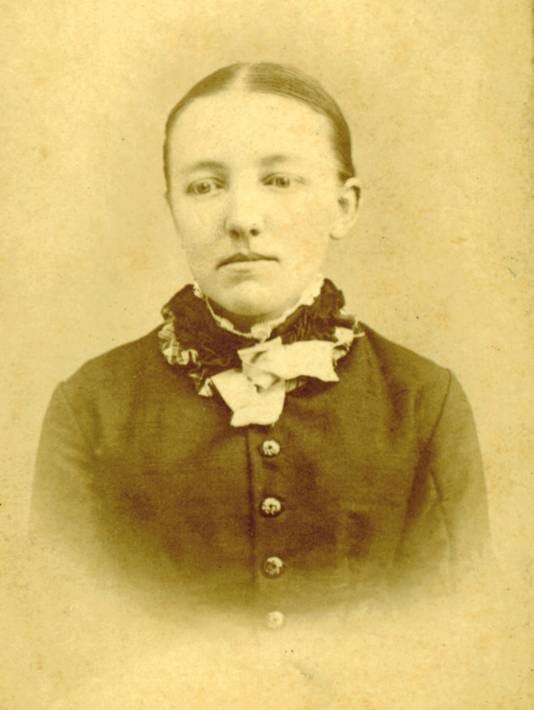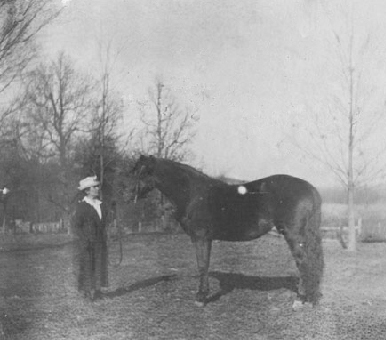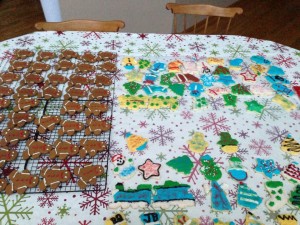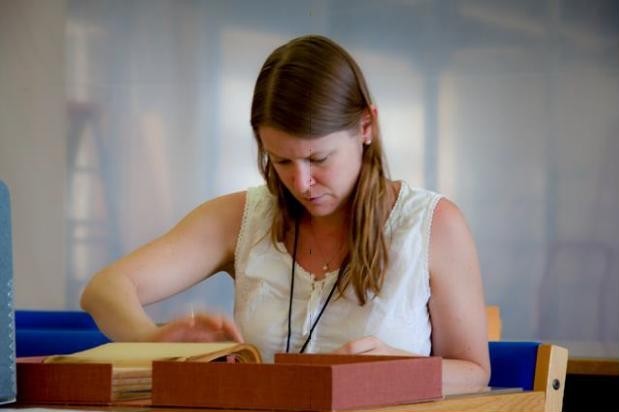When I was a little girl in the suburbs of Detroit, spring’s arrival was marked by the lilacs. The blooms perfumed our neighborhood and tinted it with shades of cream and purple. We wove construction paper baskets in school and filled them with blooms, and we even rang neighbors’ doorbells and left the little fragrant presents on their porches, just like the May Day traditions we had heard about from our teachers. In southern Michigan in the 1980s, the lilacs really did usually bloom close to May Day.

Light purple lilacs in bloom
It’s May Day today. My red bud tree in Omaha has struggled to push out its buds, but that’s pretty smart of it, since we’re not done with freezing. Hubby and I are on the couch under a pile of blankets with a fire blazing, but in a crazy juxtaposition, we’re watching baseball. We’ve heard the pitter-patter of sleet on the windows and deck for a couple of hours, but it’s quieting down now as sleet changes to snow. It was light until about 8:30 PM, but now the coating of sleet and snow on the ground is reflecting the light and prolonging twilight.
May day! May day! We have snow in May! Abandon ship!
In Omaha, we have had measurable snow in May just four times since 1884. The sleet alone has accumulated at least a measurable 0.1 inches, meaning that we’ll add a fifth day to the record books. Five times in 129 years! This is a rarity, indeed. The record snowfall for any day in the month of May is 2.0 inches, and we’re forecast to threaten that record tonight, too.
What’s causing this funny business? We’ve had a combination of weather systems and longer-term climate patterns that have squashed our spring. Low pressure has developed and re-developed in the central and eastern United States. The low pressure systems drag cold air out of Canada on their back sides, keep clouds around, touch off showers, and generally make the weather cool and unpleasant. A couple of the bigger picture weather patterns, like the Arctic Oscillation and the Madden-Julian Oscillation, have slightly tipped the pattern toward cooler ones for the eastern and central U.S., also. Mostly, this has just been the result of a stagnant pattern that’s keeping the warm temperatures confined to other parts of the globe.
Does this mean that all that global warming stuff is just nonsense? Of course not. Cold weather will still happen as the planet warms. It will just happen less often. In the central U.S., March and April were certainly cold, but the previous several months were warm.
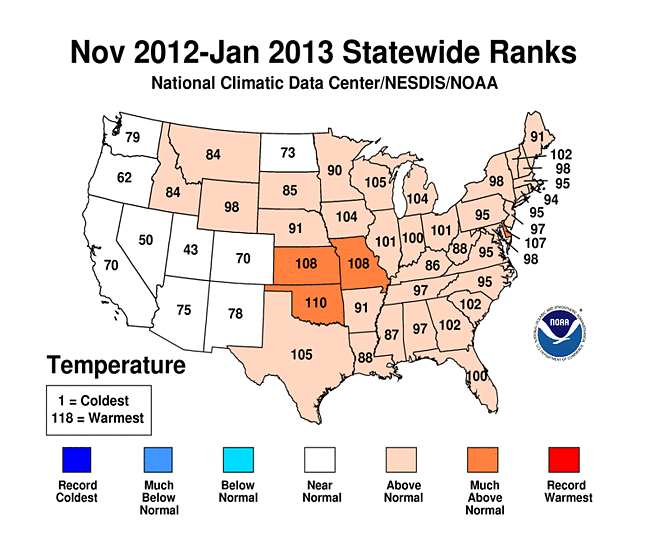
Temperature rankings for November 2012 through January 2013, near the tail end of a long warm spell. Source: National Climatic Data Center.
I think this spring’s cold weather feels particularly nasty because last spring was the very warmest one on record, in stark contrast to this cool spring. The very last spring in our memory was a very warm one. Even a normal spring would have felt cold, but a cold spring just feels like winter!
Take heart, friends. The lilacs, violets, and roses will bloom. Snow will be replaced with thunderstorms, and crops will be planted and tended. And it will be sweeter than ever to feel the warm sun on our faces with the May snow in our recent memory.


